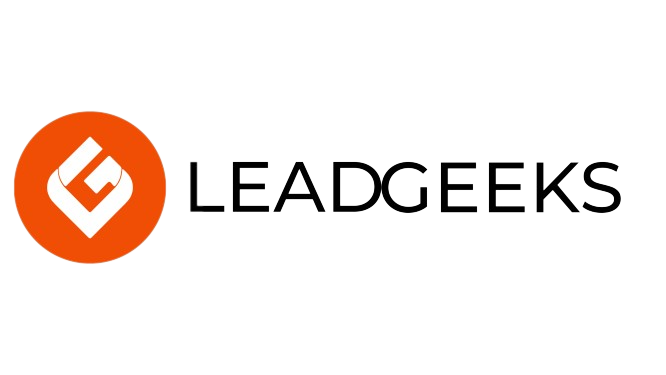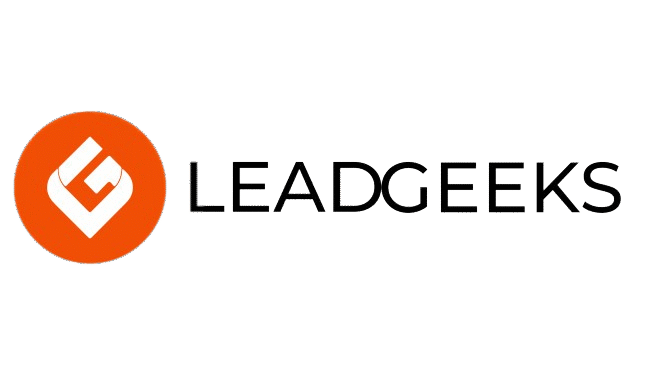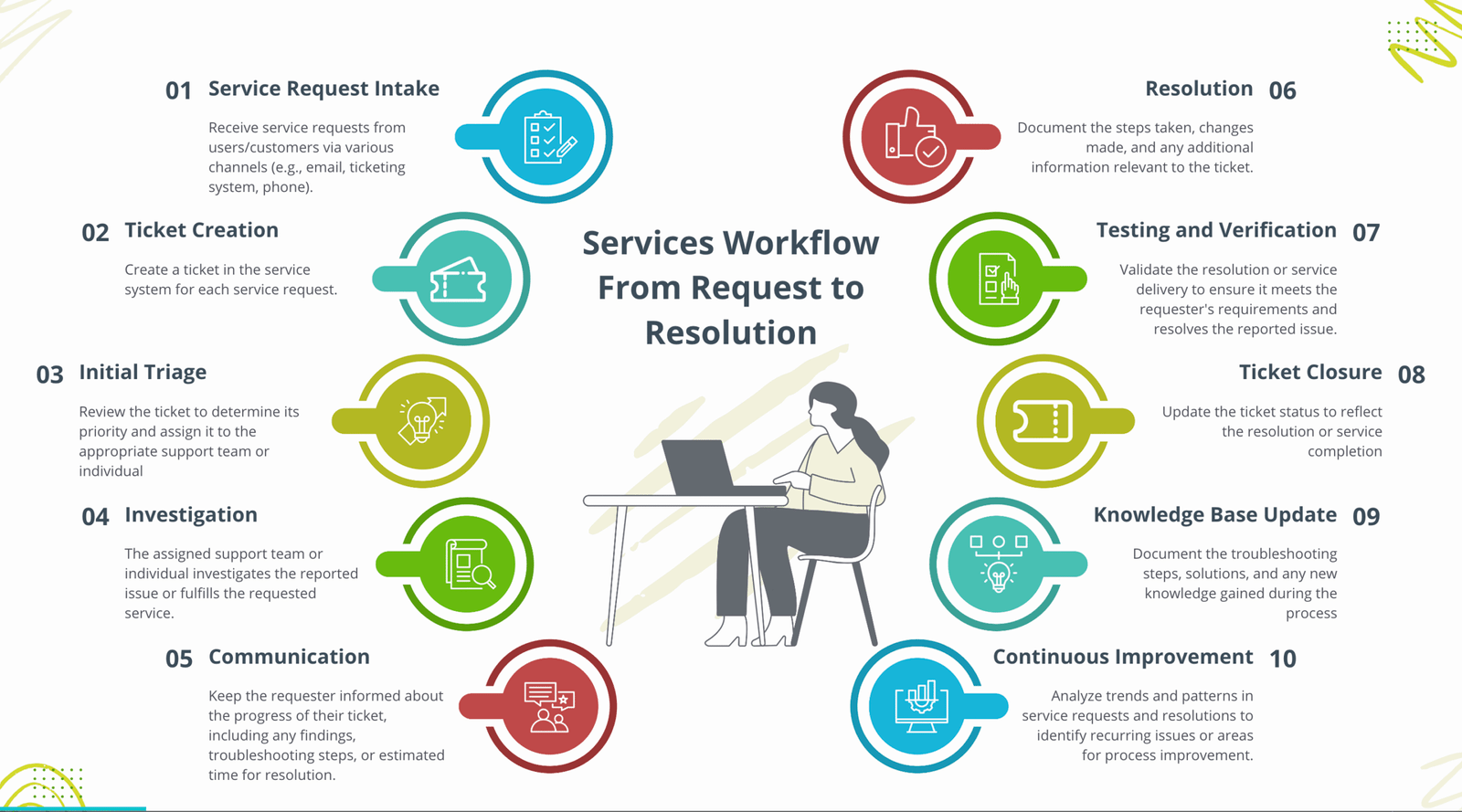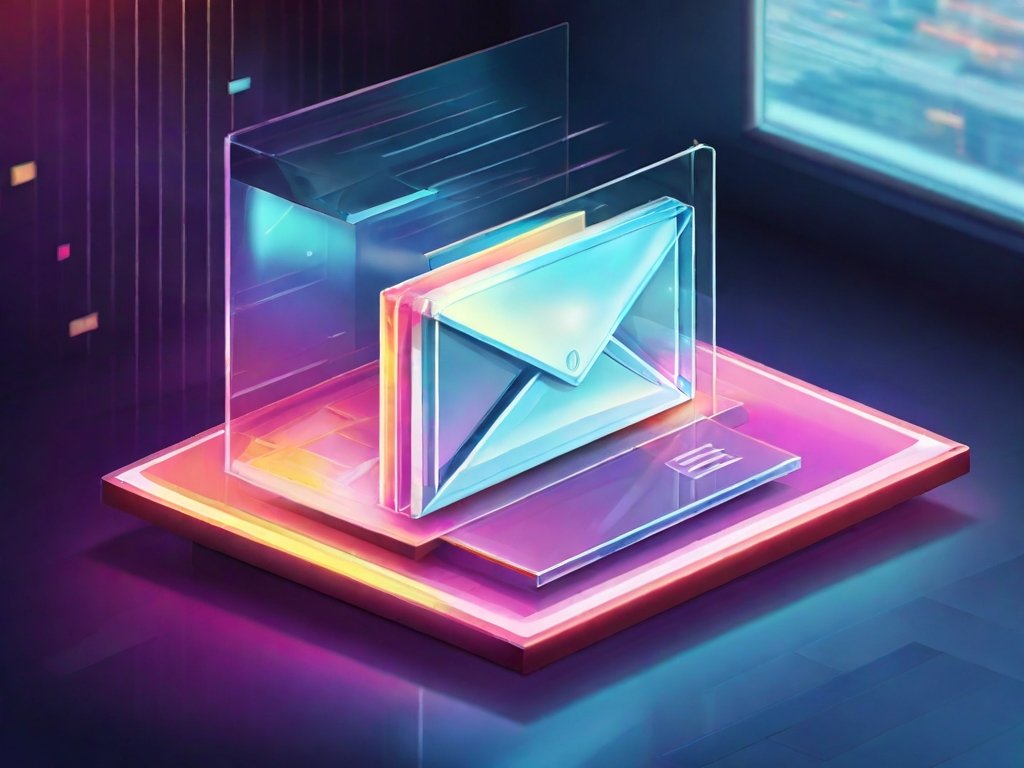7 Best AI Tools for B2B Email Marketing in 2025
Written by Gabriela Loupatty, Intern at LeadGeeks, Inc. Email remains one of the most dependable B2B channels. At the same time, it is also one of the noisiest. With over 347 billion emails sent daily, standing out in a crowded inbox requires more than just clever subject lines. For marketing directors and campaign strategists juggling scale and personalization, AI has become a vital ally. Imagine a campaign manager drowning in spreadsheets, switching between CRMs and automation platforms, and trying to personalize outreach at scale. This used to be the norm. Today, AI tools act as smart assistants that transform how B2B teams engage their audience. In today’s post, we will be covering the 7 AI tools that can streamline your email marketing campaigns right now! Instantly.ai to Scale Hyper Personalized Outreach If your team needs to scale cold outreach without sounding robotic, Instantly.ai delivers. It empowers B2B marketers to automate outbound campaigns using dynamic personalization variables. These include job titles, company data, and pain points, which are injected into each message. The platform also provides warm-up features and monitors deliverability to keep your emails out of the spam folder. Use Case:A B2B SaaS startup used Instantly.ai to manage 20 parallel cold email campaigns. By personalizing messages based on firmographic data, they achieved a 34 percent increase in response rates within one quarter. Key Benefits: Learn more → Instantly.ai Lavender, AI Writing Coach Even experienced marketers sometimes struggle with tone, structure, or message effectiveness. Ever second-guess your subject line? Lavender steps in like a coach who helps you tighten up your tone and avoid the spam folder. Key Features: Strategic Insight:According to Lavender’s internal data, emails scoring above 90 on their clarity scale receive up to 22 percent more replies. For B2B agencies, leveraging AI-powered writing assistants results in less time spent on manual editing and more time available for strategic campaign planning, a benefit supported by studies showing AI tools increase productivity and content quality in marketing teams Explore Lavender Lemlist, Automate Campaign Deliverability Your sender reputation directly affects inbox placement. Lemlist helps you warm up email domains while offering tools to create highly customized messages that include visuals, dynamic fields, and video. What It Offers: Performance Insight:One case study showed how Lemlist helped improve a client’s inbox placement from 40 percent to 92 percent in just six weeks—without any manual intervention. Visit Lemlist Reply.io for Multichannel Outreach Reply.io empowers B2B marketing teams to build automated sequences that include email, LinkedIn, and phone touchpoints in a single workflow. The platform uses AI to suggest optimal sending times and personalize copy at scale based on prospect behavior and intent. Key Benefits: • Automates cold outreach while maintaining a human tone• Integrates email and LinkedIn for better engagement rates• Includes AI-powered response detection and contact scoring Strategic Use Case:A lead generation agency increased qualified meetings by 48 percent after using Reply.io to build multichannel sequences that automatically adjusted based on user engagement. For fast-scaling marketing teams, multichannel automation platforms like Reply.io help eliminate guesswork in outreach by using AI to optimize timing and personalization, which has been shown to improve engagement rates and streamline prospecting workflows. Discover Reply.io Smartwriter.ai, Create Laser-Focused Personalization Smartwriter.ai creates ultra-personalized cold email openers using publicly available data such as recent news about the company, social media posts, or leadership insights. It tailors each first line based on individual prospects, resulting in higher open and reply rates. Use Case:A B2B logistics firm used Smartwriter.ai to generate email introductions referencing recent blog posts and LinkedIn updates from target executives. Their cold outreach reply rate jumped from 8 percent to 26 percent in under four weeks. Key Features: • AI-generated personalized icebreakers for each contact• LinkedIn and website scraping to inform messaging• API access for scaling personalization across platforms Explore Smartwriter.ai HubSpot AI, Get More Insights in Your CRM HubSpot’s AI functionality is built directly into its CRM, email marketing, and sales tools. It helps B2B teams craft email content, optimize send times, and segment lists more effectively based on user behavior and funnel position. What Makes It Stand Out: • Native AI content suggestions for email body and subject lines• Predictive lead scoring based on CRM behavior data• Workflow automation triggered by real-time engagement metrics Performance Insight:Marketing teams using HubSpot AI report a 31 percent decrease in time spent writing email sequences and a 19 percent uplift in open rates. Check out HubSpot AI Mailmodo, Conversion through Interaction Static email templates are no longer enough to engage modern B2B audiences. Mailmodo helps your emails do more than talk. Now your audience can book meetings or complete forms without ever leaving their inbox. Key Benefits: • Supports AMP emails that drive instant engagement• Allows embedded forms, calendars, and surveys without page redirects• Provides insights on click heatmaps and user actions Use Case:A B2B HR tech company used Mailmodo to embed demo request forms inside email campaigns. This reduced landing page drop-offs and increased demo sign-ups by 39 percent in one month.Interactive email platforms such as Mailmodo are ideal for brands aiming to reduce friction in the lead conversion process, as interactive content has been demonstrated to increase user engagement and conversion rates in B2B email campaigns. Visit Mailmodo Ready to Work with AI? The future of B2B email marketing is not just automated. It is intelligent. From personalization engines like Smartwriter.ai to performance-boosting platforms such as Lemlist and HubSpot AI, these tools allow marketers to scale campaigns with precision and efficiency. However, tools are only as good as the strategy behind them. Relying completely on AI can seem obvious from the receiving end, so make sure you apply human touches in your approach. If you are exploring how to integrate these AI solutions into your email stack effectively, partnering with a growth-focused agency can unlock even more potential.Want help picking and integrating the right AI tools for your email stack? LeadGeeks builds scalable email engines that convert. Curious to know more? Click here!










